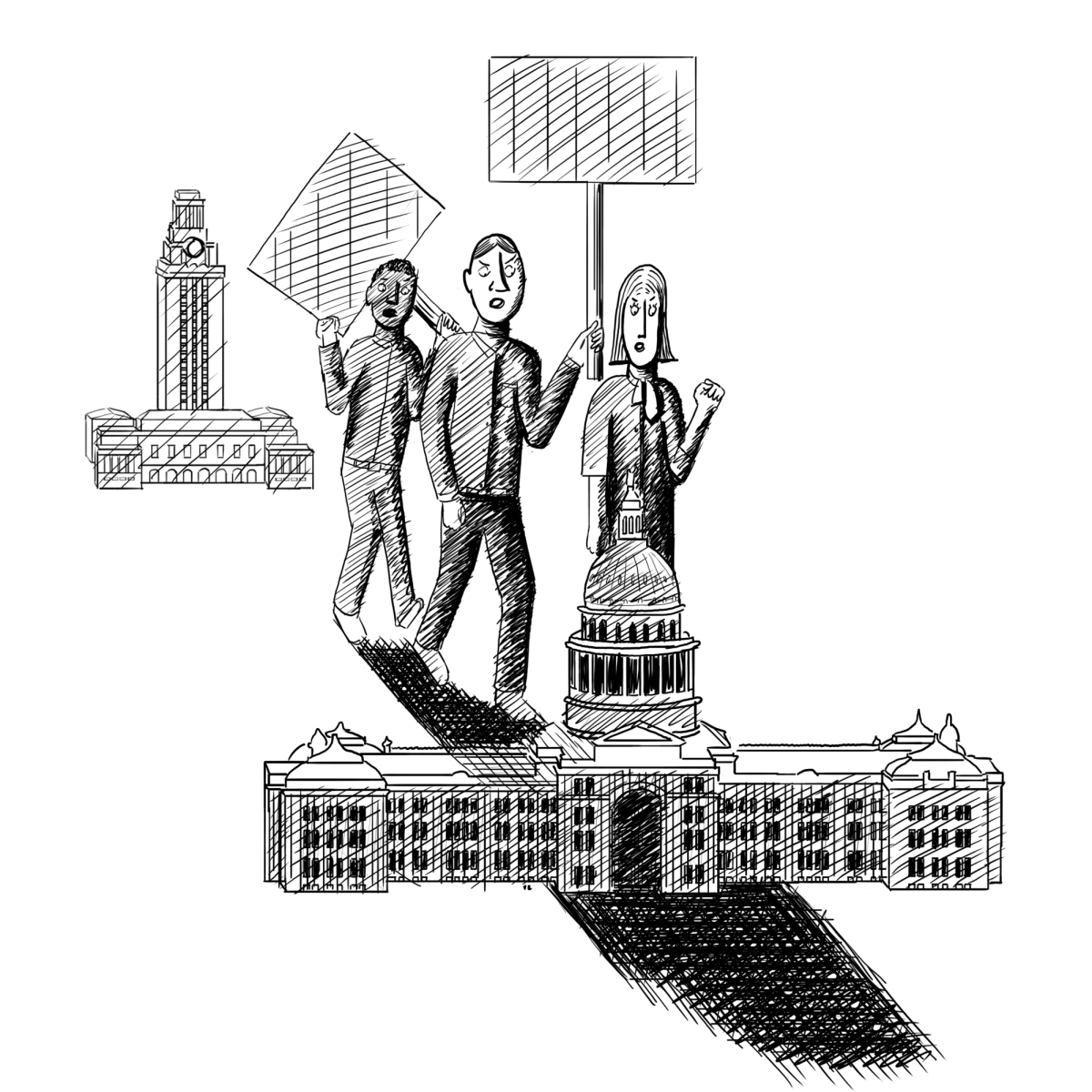According to a report by the College of Education, male students of color have lower rates of academic success in community college than their white counterparts, even though the students of color have higher aspirations.
The Center for Community College Student Engagement released its findings from the two year study “Aspirations to Achievement: Men of Color and Community Colleges,” after surveying students from 900 different community colleges throughout the nation and holding a series of focus groups involving students and faculty.
Center Director Kay McClenney said students she spoke to said they wanted more out of their college. She said these students voiced concerns about feeling like they belonged, having faculty who believed in their potential and who are enthusiastic in the classroom. McClenney said they also wanted learning experiences more engaging than lectures, and wanted to be challenged with higher standards.
“Many of them honestly come saying that the expectation that people held for them in high school were somewhere between zero and low and that often they were given the message that they weren’t going to make it: They weren’t college material,” McClenney said. “They want people to hold high expectations of them and believe that they are capable of rising to those high expectations.”
According to the study, students of color engage in their college community more than their white counterparts, but a large portion of the inequalities in success come from college readiness. Because of this, McClenney said, more community colleges have begun to offer classes for study skills and time management.
While college readiness can be an issue, electrical engineering junior Walter Oji said he had an overall positive experience at Houston Community College and transitioning to UT, and was surprised with the findings in the report.
“It wasn’t too difficult, but I still learned a lot and basically; all the teachers were nice,” Oji said.
Oji said he experienced a wide gap in the level of difficulty between his classes during community college and those at UT.
“The classes that were really technical and science based didn’t really prepare me for UT at all,” Oji said.
McClenney said students of color also face stereotyping and racism, some of which is unintentional, and colleges need to address the problem on a larger scale than is currently being done.
“A big part of the problem is that every college, including The University of Texas, has special programs for students of color … mentoring programs or the like and there are very small numbers of students involved in those programs relative to the target population.”
According to professor Laura Rendon from the College of Education and Human Development at UTSA, financial problems and, in some cases, being the first in the family to go to college have a huge factor on the academic success males of color achieve.
“[They face] navigational problems, institutional problems, cultural problems and so these becoming exacerbated for men of color because oftentimes they have other competing demands,” Rendon said. “For example, they may be the man of the household when the father leaves, they have to help the family survive by taking on full-time jobs. These are very vulnerable first-time, low-income students and are vulnerable in the sense that there is so much they have to deal with that anything in college can set them back from moving forward and completing their degrees.”



















